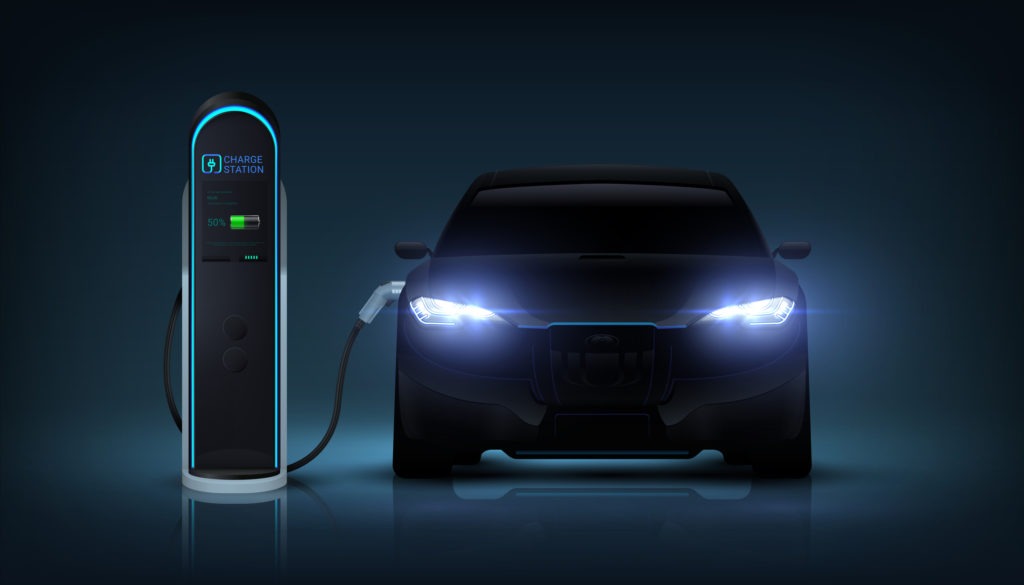In recent years, electric vehicles (EVs) have transitioned from being futuristic concepts to everyday realities. Once considered niche and impractical, EVs are now dominating headlines, redefining the automotive industry, and reshaping how we think about transportation. As technology advances and global awareness of environmental concerns grows, the era of electric mobility is truly upon us.
What Are Electric Vehicles?
Electric vehicles are powered by electricity stored in batteries, as opposed to traditional internal combustion engine vehicles that run on fossil fuels. EVs come in various types, including:
- Battery Electric Vehicles (BEVs): Fully electric and powered exclusively by batteries.
- Plug-in Hybrid Electric Vehicles (PHEVs): Combine a battery and electric motor with an internal combustion engine.
- Hybrid Electric Vehicles (HEVs): Primarily powered by an internal combustion engine but supplemented by an electric motor.
- Fuel Cell Electric Vehicles (FCEVs): Use hydrogen fuel cells to generate electricity.

-
-
Why Are EVs Gaining Popularity?
Several factors have contributed to the growing adoption of electric vehicles:- Environmental Benefits: EVs produce zero tailpipe emissions, significantly reducing greenhouse gas emissions and air pollution. As governments and organizations worldwide aim to combat climate change, EVs are viewed as critical tools in achieving sustainability goals.
- Lower Operating Costs: Electric vehicles have fewer moving parts than traditional cars, leading to reduced maintenance costs. Additionally, electricity is often cheaper than gasoline, making EVs more cost-effective in the long run.
- Technological Advancements: Innovations in battery technology have extended the range of EVs, with many models now exceeding 300 miles on a single charge. Faster charging solutions, such as DC fast chargers, and extensive charging infrastructure have also alleviated concerns about range anxiety.
- Government Incentives: Many governments offer incentives, including tax credits, rebates, and grants, to encourage the purchase of EVs. Some regions also provide benefits like reduced tolls and free parking for electric vehicle owners.
- Shift in Consumer Preferences: Growing awareness of environmental issues, coupled with the desire for modern technology and sleek design, has made EVs increasingly attractive to consumers.
-
-
-
Challenges Facing Electric Vehicles
Despite their numerous advantages, EVs still face challenges:- High Initial Cost: The upfront cost of EVs is often higher than that of traditional vehicles, although prices are gradually declining as technology advances.
- Charging Infrastructure: While the charging network is expanding, some regions still lack sufficient infrastructure, making EV ownership less practical for certain users.
- Battery Concerns: Battery degradation over time and the environmental impact of mining materials like lithium and cobalt are ongoing concerns.
- Limited Model Options: Although automakers are introducing more electric models, certain segments, such as heavy-duty trucks, remain underrepresented.
-
-
-
The Future of Electric Vehicles
The future of electric vehicles looks promising, driven by advancements in technology, supportive policies, and evolving consumer attitudes. Here are some trends shaping the EV landscape:- Improved Battery Technology: Solid-state batteries and other innovations promise to enhance energy density, reduce charging times, and lower costs.
- Autonomous Driving: The integration of autonomous driving features with EVs is expected to revolutionize mobility, making transportation safer and more efficient.
- Increased Competition: Traditional automakers and new entrants alike are investing heavily in EVs, leading to a broader range of options and better affordability.
- Renewable Energy Integration: As renewable energy sources like solar and wind become more prevalent, charging EVs with clean energy will further reduce their environmental impact.
- Global Adoption: Countries worldwide are setting ambitious goals for phasing out internal combustion engines. For example, the European Union plans to ban the sale of new petrol and diesel cars by 2035.
-
Electric vehicles are more than just a trend; they represent a transformative shift in the way we move and live. While challenges remain, the benefits of EVs for individuals, communities, and the planet are undeniable. As we stand at the brink of an electric revolution, the journey ahead promises to be as exciting as it is essential for our sustainable future.



